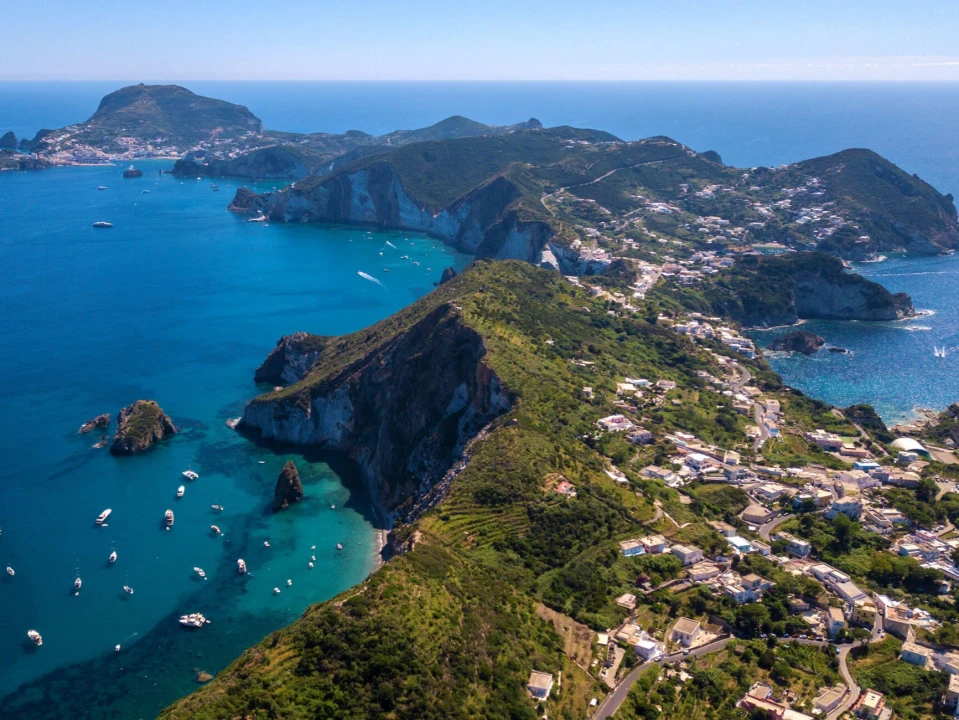At the beginning of December, work was completed to connect 21 small Italian islands to high-speed internet networks through fiber optic and 5G connections, essential for fast internet access. The project was funded through the PNRR (National Recovery and Resilience Plan), an investment plan to be implemented by June 2026, utilizing European funds.
The islands connected include Capraia in the Tuscany; Levanzo and Marettimo in the Egadi Islands; Vulcano, Lipari, Salina, Filicudi, Alicudi, Panarea, and Stromboli in the Aeolian Islands; Pantelleria, Linosa, Lampedusa, and Ustica in Sicily; Ponza, Ventotene, and Santo Stefano in the Pontine Islands; San Pietro and Asinara in Sardinia; and San Nicola and San Domino in the Tremiti Islands, Apulia.
The work was entrusted to Elettra Tlc, a company specializing in the installation of submarine cables. Previously, the islands relied mostly on radio bridges—wireless, radio frequency connections—that are less stable and reliable than cable connections.
Submarine cables were laid using a robot and two ships, the Teliri and the Meucci. The underwater robot inspects the route to avoid interfering with existing infrastructure, such as other cables or gas pipelines. The robot also lays the cables, records the data on the location and depth, and takes videos for subsequent inspections. For this project, the robot was operated by the crew aboard the Teliri, while the Meucci carried out the final inspections.
Fiber optic connections in remote locations like these must be publicly funded because small islands are considered "market failure" areas. In these areas, private operators have little incentive to invest, as the cost of laying cables for fiber optics is high, and the potential customer base is small. With public funding, however, private operators are only required to provide the connection from distribution hubs (called "armadi") to individual homes. In the coming months, it will be seen if any private operators will make offers for the service.
Over the last 20 years, successive Italian governments have funded various plans to bring high-speed internet to so-called "internal areas," such as mountain villages. These areas are classified into "white" and "very white" zones, both of which have low population densities. In "white" areas, broadband connections often exist but are unreliable or substandard. In "very white" areas, however, there is no internet connection at all—they are completely offline.
The ongoing plan affects 7,413 municipalities across Italy, where a total of 8.4 million homes need to be connected (Italy has around 7,900 municipalities). Of these, 6.3 million homes will be connected using FTTH (Fiber to the Home) technology, which involves fiber optic connections from the transmission center directly to the modem in the home. The remaining 2.1 million homes will be connected through FWA (Fixed Wireless Access) technology, which is primarily used in very white areas. FWA creates a radio bridge to transmit ultra-broadband signals from one transmitter to another.
This project represents a significant step toward bridging Italy’s digital divide and providing modern connectivity to some of the most isolated areas of the country. High-speed internet is essential not only for daily life but also for economic development, education, and healthcare services, which are often lacking in remote regions. By extending high-speed connections to the islands and rural areas, the government hopes to encourage growth and reverse the trend of depopulation in these areas. It also sets the stage for a more inclusive digital future for all Italians.



